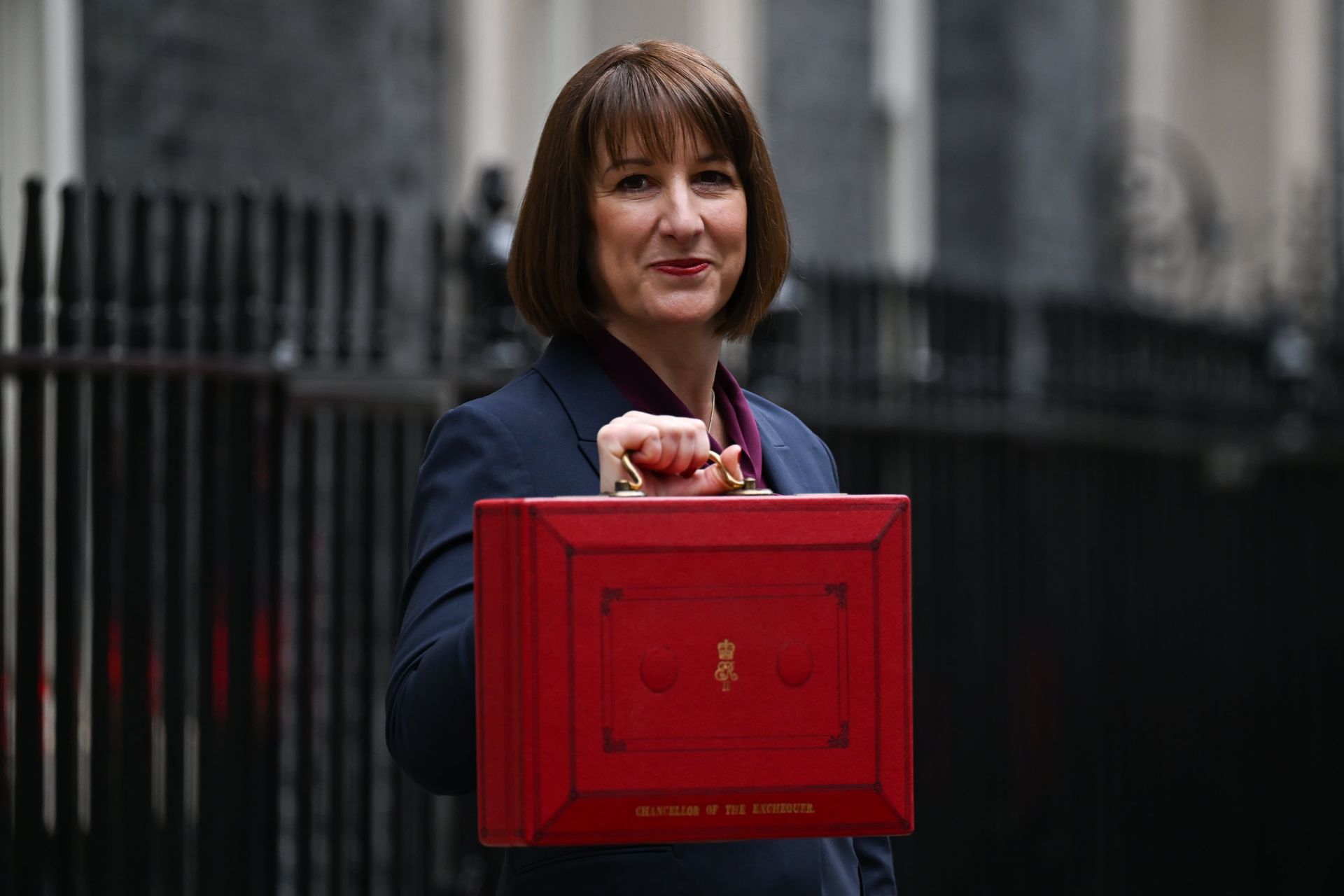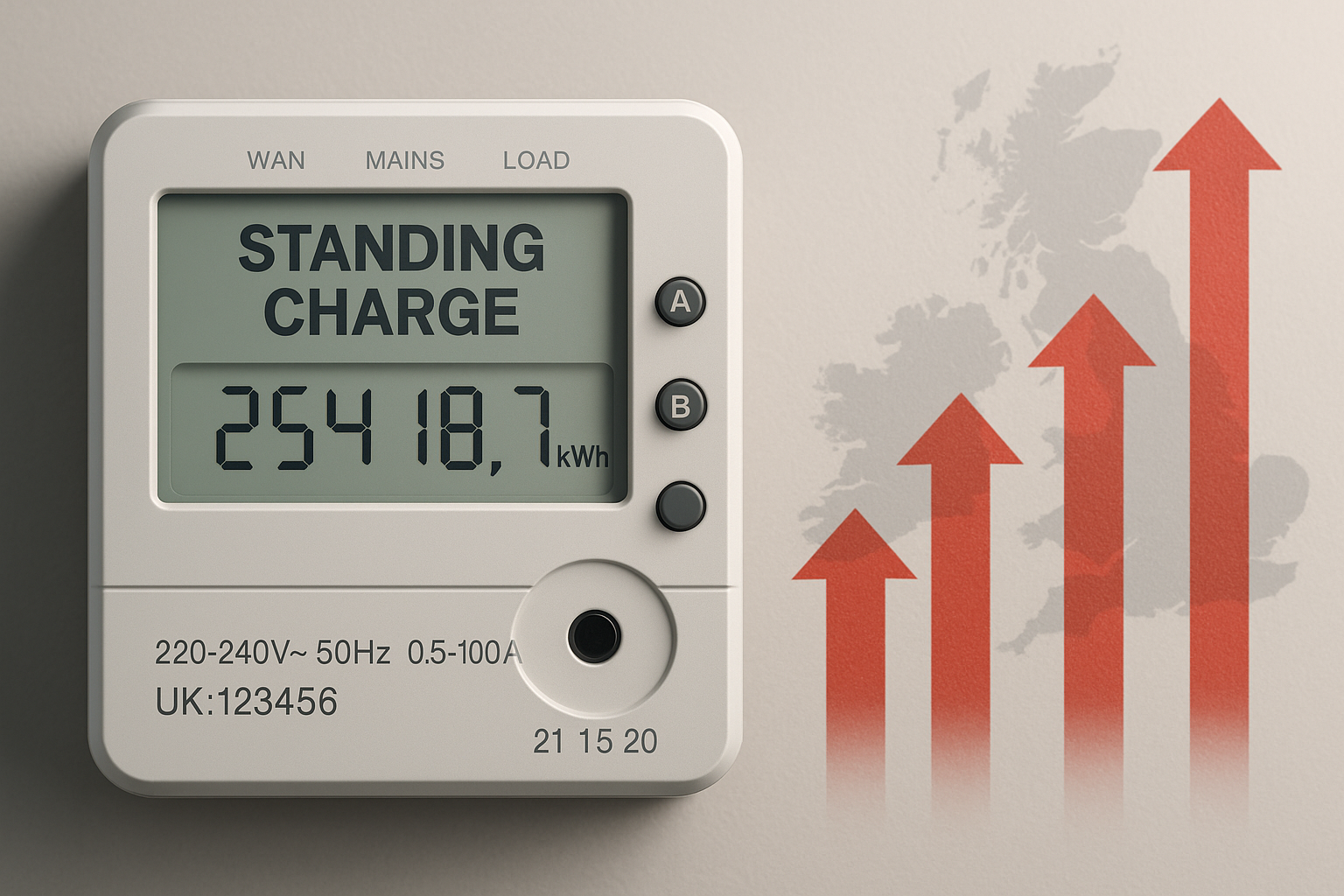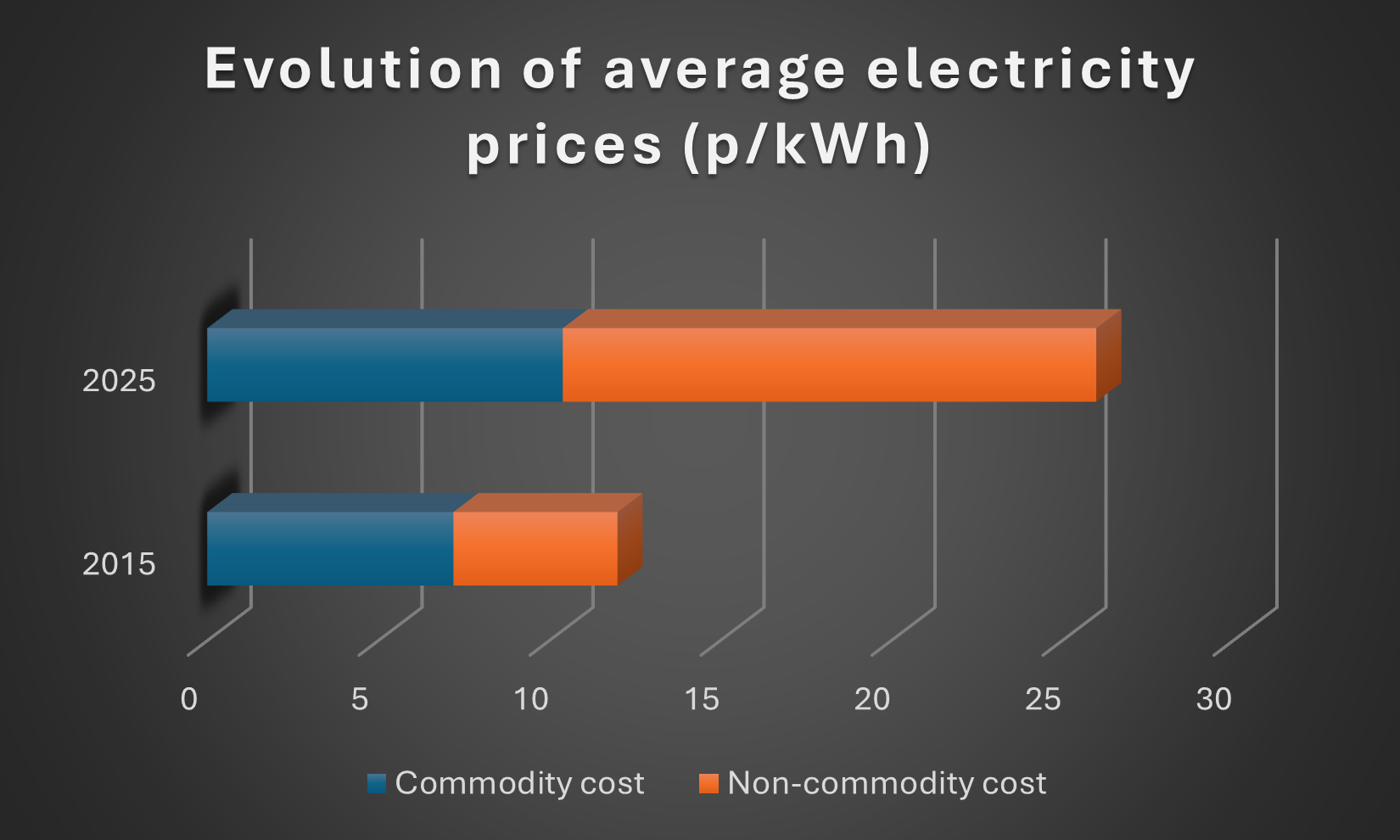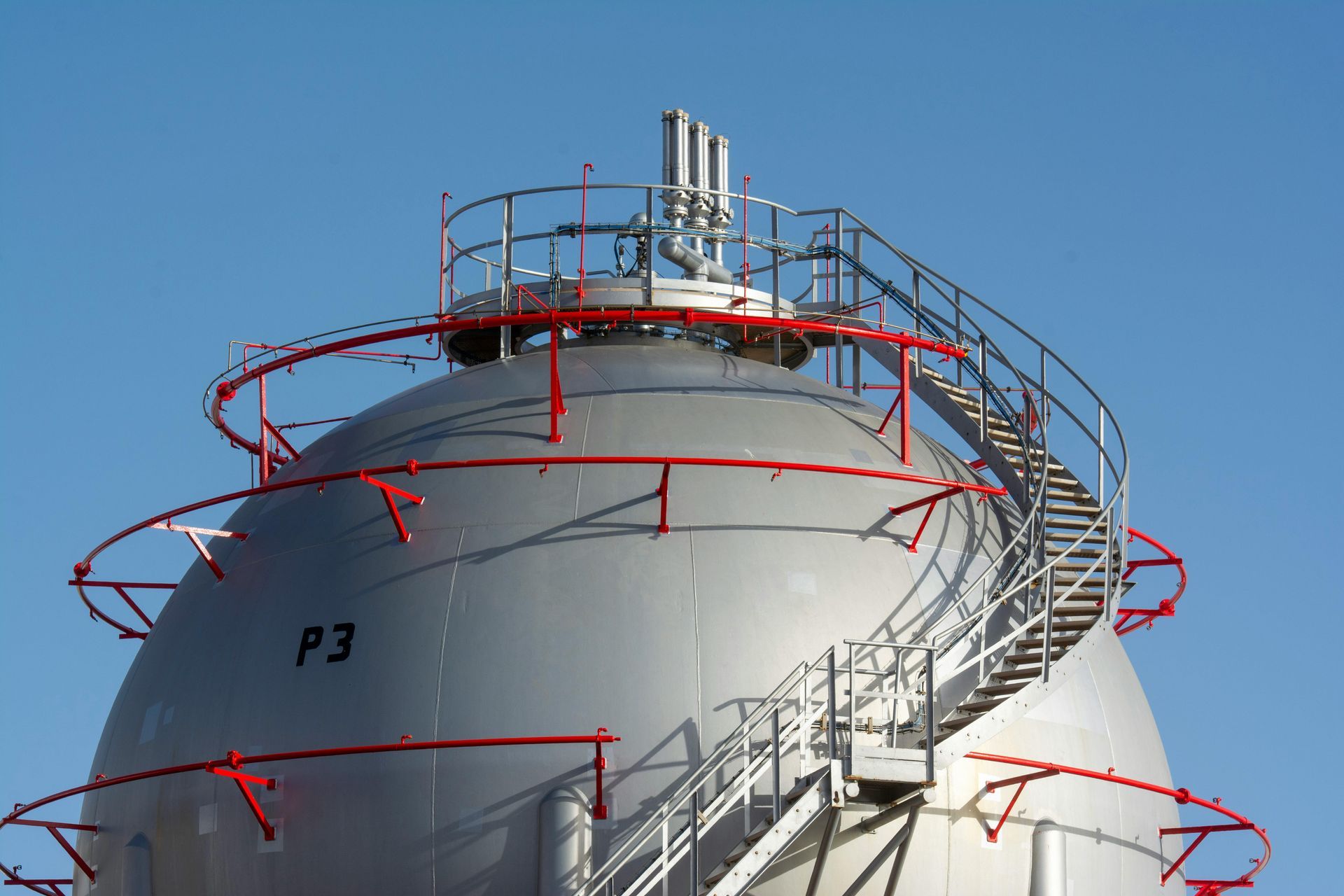March Review
March Review
By Adam Novakovic, Energy Markets Consultant
After 4 months of falling energy prices, March broke the downtrend and saw a bounce in the wholesale and seasonal markets. Electricity prices for the Winter of 2024 rose by approximately 7%, as 2025 seasons increased by over 10%.
So, what caused these rises?
After a milder than anticipated February, temperatures were below expectation at the beginning of March leading to increased consumption. Around this time LNG imports from the Middle East were being disrupted by on-going conflicts, and the Freeport LNG facility in the US remained offline, reducing the potential for further imports crossing the Atlantic.
Closer to home, MPs were announcing plans to reform the electricity market with an emphasis being put on locational pricing. These changes – which are part of the Review of Electricity Market Arrangements – could potentially lead to £35 billion in savings over the next 20 years, although the plans are still in their early stages.
A more advanced project that was launched in March, and could potentially lower energy costs, was the new balancing reserve service. In recent years, Use of System charges have been increasing and this measure is seen as a key step in countering these rising costs. The new system will work by procuring reserve energy in advance instead of using on-the-day methods. This is anticipated to lead to over £600 million in savings over the coming years.
One of the main disappointments from March’s budget announcements was the lack of a replacement for the Energy Bills Discount Scheme (EBDS). The EBDS had offered vital support to many businesses in the UK throughout the recent period of volatile energy prices. However, the scheme concluded at the end of March, with no replacement scheme being offered.
Coinciding with the end of the scheme, OFGEM published a survey revealing that almost 60% of UK businesses are concerned about the impact of energy prices. While IPSOS revealed almost 2/3rds of businesses are unaware of existing government schemes that could benefit them.
If your business is currently looking for a way to reduce energy costs, then contact us to see how we can help reduce your energy spend. And if you would like to read more about government schemes that could help your business, check out the SeeMore energy website where we have a section dedicated to explaining various energy schemes.
Outlook
Despite the rising prices seen over the past month, fundamentally there are a lot of positives for the future of gas and electricity prices. UK storage facilities remain around 60% full, approximately 20% higher than levels seen for the majority of the last decade.
Renewable production is at an all-time high, and there is a steady flow of LNG shipments arriving -- in addition to the supply received from Norwegian pipelines.
In spite of this, some fears remain and there are potential negative catalysts that could lead to prices rising further, with the main factors to watch out for being based on geopolitical unrest.
Throughout March we saw an increase in the targeting of infrastructure in the conflict between Russia and Ukraine.
And, despite an increased US military presence, attacks on cargo ships are still occurring in the Middle East which could have a direct impact on LNG imports from Qatar.
Without any further negative catalysts or disruptions to supply, it seems most likely prices will steadily start to fall again over the coming quarter, but it will be prudent to keep monitoring developments in the on-going conflicts.
If your business requires advice with its energy procurement, management, or planning, then don’t hesitate to contact Seemore Energy to speak to experienced advisors who can help you with bespoke strategies and advice that is tailored to your needs.










